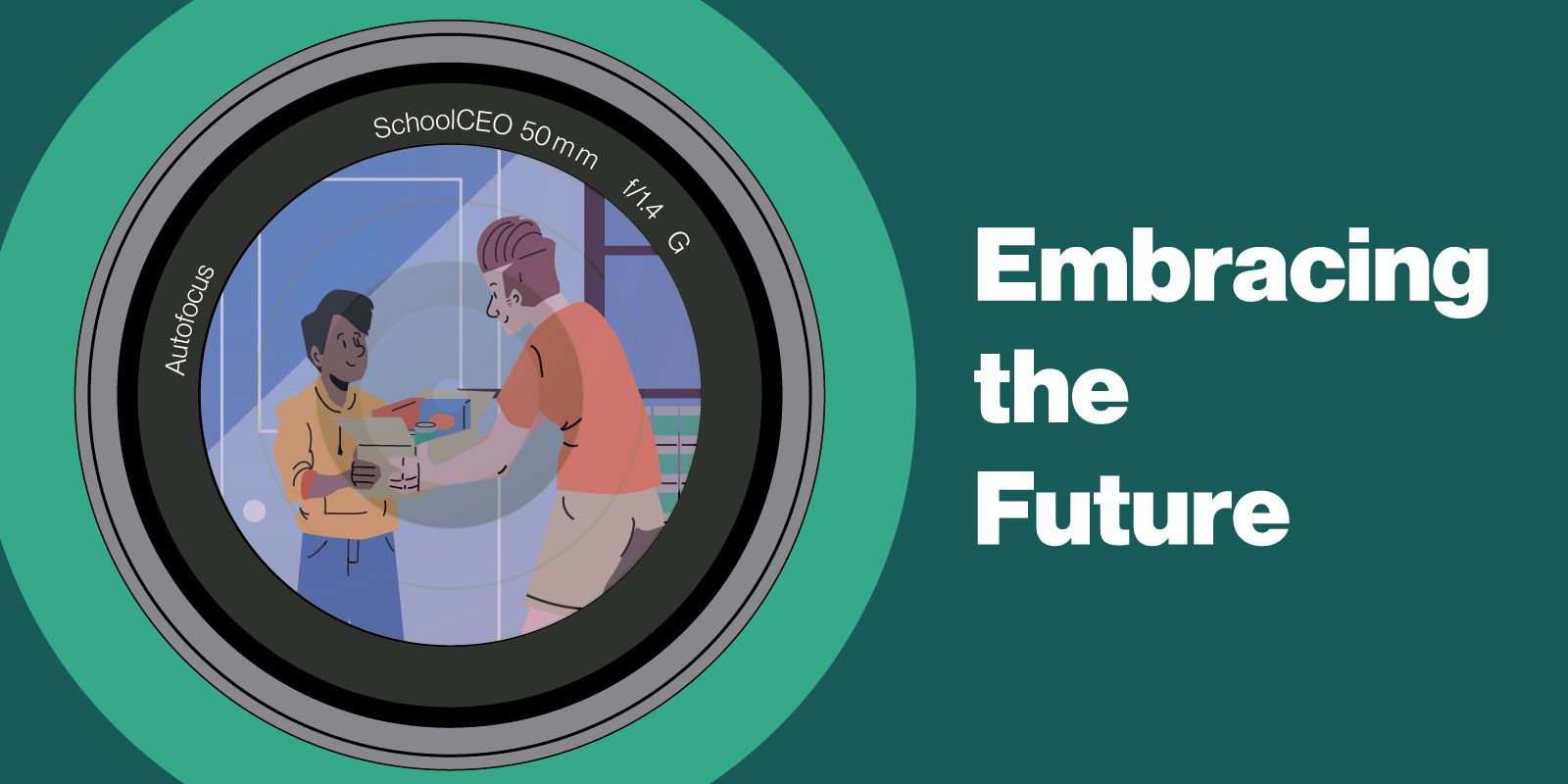Video 101: Embracing the future
Now, more than ever, it's time to use video for storytelling, communication, and community connection.

Even before the novel coronavirus hit the U.S., video had become an integral part of the average American’s day-to-day life. When we’re bored, we turn on the TV or scroll through YouTube; when we need to work, we jump on video conference calls. Today, video makes up about 80% of all consumer internet traffic, and the amount of mobile video we consume increases by 100% every year. The growing demand for video naturally means that marketing using video will be more successful. Research shows that web pages with video are 53 times more likely to reach Google’s front page than those without. People stay on pages with video nearly three times as long, and the presence of video increases a site’s organic search traffic by 157%.
For Kristen Bryant, who manages Strategic Partnerships for video-software company Wistia, it isn’t hard to see why video is so impactful. “Video is the most human way to be in a room with someone when you can’t actually be there,” she tells us. “Seeing someone’s face and being able to leverage body language and verbal communication—that is really powerful in building connection.”
What’s more, “parents now are a younger, more millennial audience,” Bryant says. She’s right. According to a report from the National Retail Federation, 50% of today’s children worldwide have millennial parents, and more than a million millennial women become moms every year. This demographic needs something more engaging. “A lot of them often expect video to be part of communications now,” says Bryant.
More importantly, video presents a great opportunity to follow a cardinal rule of storytelling: show, don’t tell. “If you can show people the faces of the kids, show people that impact, it pulls at a totally different place from a viewer’s perspective,” says Bryant. “They’re more likely to share it, too. Just think about it—if your fifth-grader is in this video, you’re going to want to put it on Facebook. All of a sudden you have more people working to spread your message, and that’s a huge opportunity.”
Slowly but surely, school leaders are catching on. “We find in this day and age of ‘TLDR’—too long, didn’t read—that if we send out a video message versus an email or letter, it can come across a little bit differently,” says Dr. Susan Enfield, superintendent of Washington’s Highline Public Schools. “It can touch people in ways that words on a page can’t.”
What should I use video for?
The way we see it, schools can use video for two primary purposes: storytelling and communication. For many districts, storytelling through video comes more naturally; they know they should be telling student stories, and they instinctively understand how powerful clips of smiling kids can be. But because it’s so personal, because it conveys dimensions like tone and body language as well as words, video can also be an extremely effective method for communicating the information your community needs to know.
Dr. Charles Dupre, superintendent of Fort Bend ISD in Texas, was reluctant to introduce video into his communications. “I’m a prolific writer, so I’ve always written lots of emails to staff and to parents,” he says. “But over the years, my communications team has told me that nobody reads past the first couple of paragraphs.”
Dupre’s staff wanted him to switch his communications to video—and for good reason. According to a report by market research company Forrester, the clickthrough rate on emails that include video is 200-300% higher than those that don’t. People won’t necessarily read a long email—but they’ll watch a two-minute video. Plus, 2019 research from video marketing firm Wyzowl suggests that consumers retain 95% of the information they receive from a video, but only 10% of what they read as text.
Dupre wasn’t convinced at first, but an encounter with a parent changed his mind. “I had a mom one time say, You know, I love hearing from you on a regular basis, but you really need to stop sending such long-ass emails,” he tells us with a laugh. “So I finally started listening to my team.”
Now the long emails have disappeared, replaced by “Checking in with Charles,” a monthly video update. It looks much like something you might see on ESPN—Dupre works down a list of topics, hitting the highlights of the district’s news. “That’s what people need to know, it’s what they want to know,” he tells us. “And I’m telling you, I’ve gotten constant positive feedback about that little touchpoint.”
Embracing video has paid off in big ways for Dr. Dupre and countless other school leaders. And now, with so much uncertainty around how and when schools will return—and talk of hybrid in-person and online learning in many districts—video has not only become a valuable asset—it’s a requirement.
Quick Facts:
- Video makes up about 80% of all consumer internet traffic.
- The amount of mobile video we consume increases by 100% each year.
- Websites with video are 53 times more likely to appear on Google’s front page.
- People stay on websites with video nearly 3 times as long as those without.
- Video increases a website’s organic search traffic by 157%.
- 50% of today’s school kids have millennial parents.
- Emails with video have a 200-300% higher clickthrough rate.
- Consumers retain 95% of information seen in a video and only 10% read from text.

SchoolCEO is free for K-12 school leaders. Subscribe below to have a digital copy of the most recent edition of SchoolCEO sent to your inbox.

